Imagine strolling through the bustling streets of Tehran, cars honking, people weaving through markets, the city alive with modern energy—yet, hidden deep beneath your feet, a silent world slumbers. Not just any world, but one shaped by monstrous mammals, ancient reptiles, and creatures so strange they seem ripped from the pages of fantasy. Few realize that Iran’s teeming capital sits atop a treasure trove of fossils, the silent witnesses to epochs long past. These fossil beds are like time capsules, preserving the secrets of nature’s grand experiments millions of years before the first Persian king, long before the earliest city walls. What if the ground beneath Tehran could whisper its stories? Let’s journey into the forgotten landscapes beneath the city and meet the extraordinary fauna that once ruled this land.
The Geological Tapestry Beneath Tehran
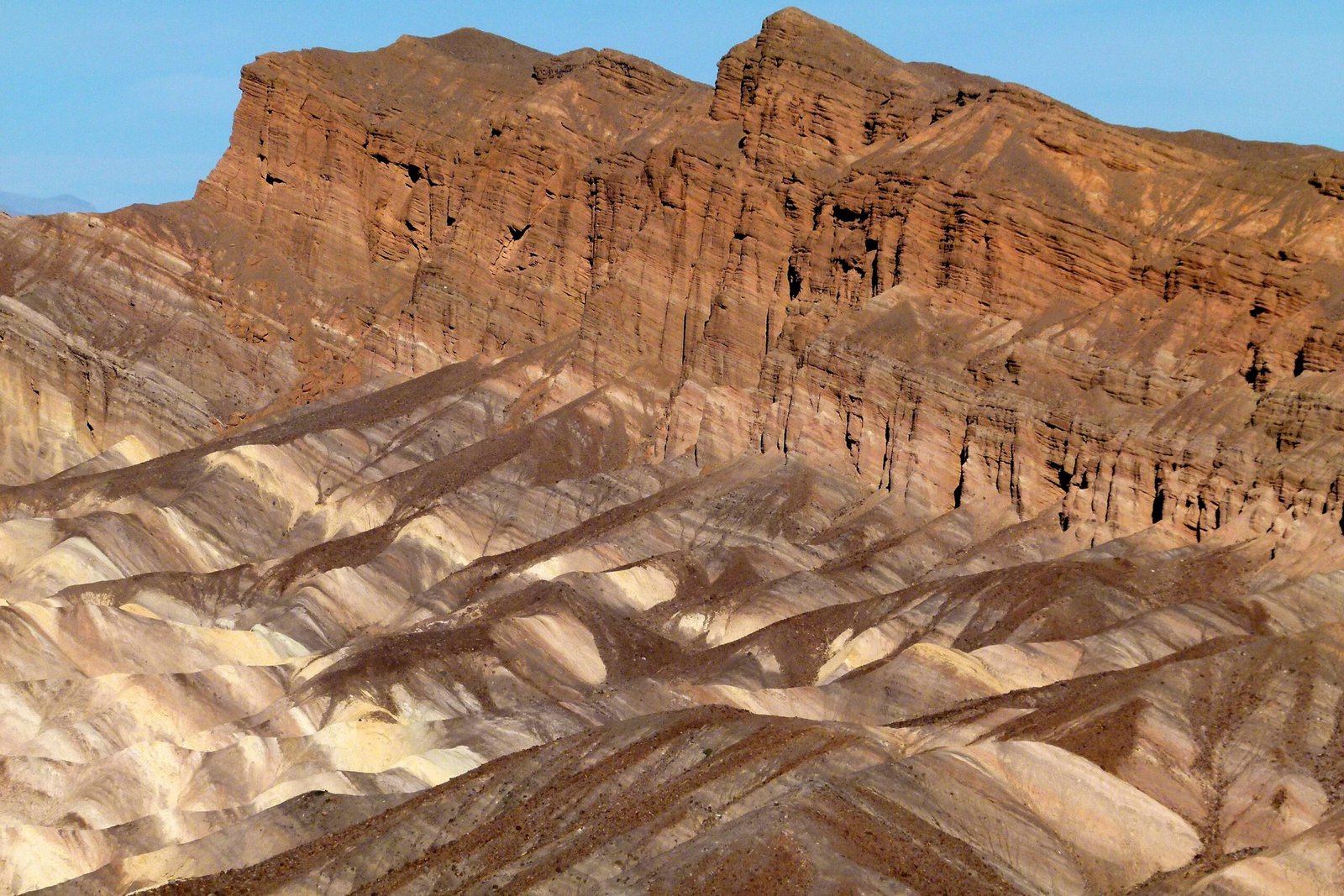
Beneath Tehran’s concrete and glass lies a patchwork of sedimentary rocks, layered over millions of years. Each stratum tells a different chapter of the Earth’s history, from ancient seas to lush forests. These layers act like pages in a book, chronicling environmental changes and the creatures that called this land home. Scientists study these rocks to decode when and how certain species appeared, evolved, or vanished. Fossilized shells, bones, and even plant imprints punctuate these layers, offering clues about ancient climates and ecosystems. It’s a mind-bender to think that where today’s city traffic roars, waves may have once lapped at an ancient shoreline. Tehran’s geological diversity is a big reason why its fossil beds are uniquely rich and revealing.
Discovery of Tehran’s Fossil Beds

The first whispers of prehistoric life beneath Tehran came from accidental finds during construction projects. Workers digging foundations stumbled upon strange bones and petrified wood, sparking curiosity among local scientists. These chance discoveries soon led to organized fossil hunts, with paleontologists eager to uncover the secrets hidden below. Over the decades, teams have mapped out several fossil-rich zones within and around the city. Each new find has deepened our understanding of what once thrived here. It’s remarkable to imagine that while new buildings rise above, ancient remains are being unearthed just meters below. This ongoing story of discovery adds an extra layer of wonder to Tehran’s ever-changing skyline.
Miocene Marvels: The Age of Mammals

One of the most exciting chapters in Tehran’s fossil story belongs to the Miocene Epoch, roughly 23 to 5 million years ago. This was a time when mammals exploded in diversity, filling niches left vacant by the extinction of the dinosaurs. Fossils from this era reveal a vibrant world of strange hoofed animals, saber-toothed predators, and early elephants. Imagine giant mastodons roaming where today’s neighborhoods stand, or herds of antelope-like creatures grazing in ancient grasslands. These fossils help scientists reconstruct how ecosystems functioned and how animals adapted to changing climates. The Miocene beds beneath Tehran are like a backstage pass to a lost world, teeming with life both familiar and bizarre.
Gigantic Proboscideans: Tehran’s Ancient Elephants

Perhaps the most jaw-dropping fossils found near Tehran are those of ancient proboscideans, relatives of today’s elephants. Some of these beasts, like the mastodon and the straight-tusked elephant, were true giants, with tusks stretching several meters. Their bones and teeth have been uncovered in river deposits and sediment layers, giving researchers a glimpse into their lives and diets. Fossilized footprints suggest herds once migrated across what is now arid land. These ancient giants remind us how dramatically the region’s landscape and climate have shifted over time. To imagine these creatures lumbering where highways now sprawl is to see Tehran in an entirely new light.
Predators of the Past: Saber-Toothed Cats and Hyenas
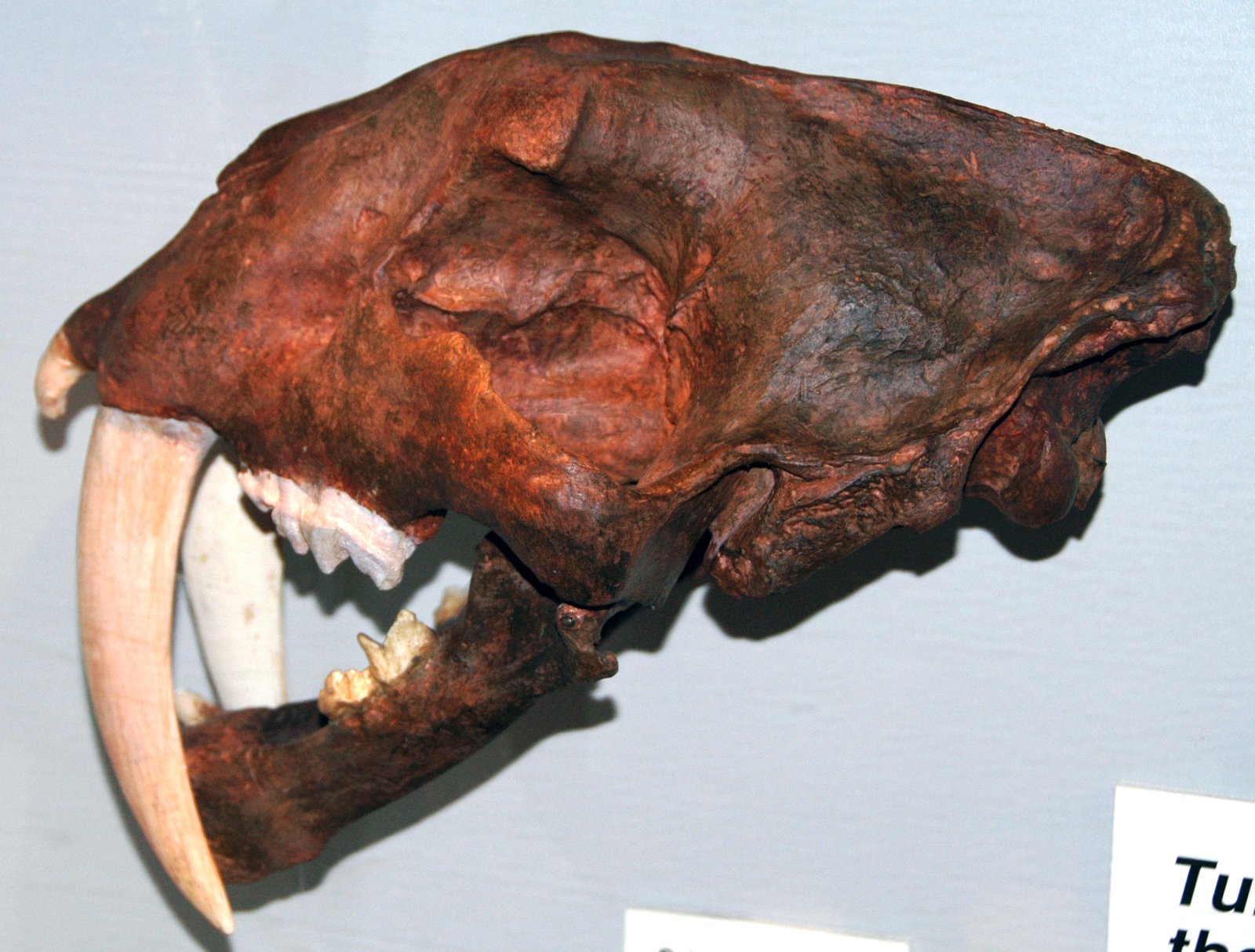
Tehran’s fossil beds also reveal a chilling side of prehistory—a time when predators ruled the land. Fossils of saber-toothed cats, with their iconic elongated fangs, have been uncovered in the area. Alongside them, remains of ancient hyenas and wild dogs suggest a competitive ecosystem, with fierce hunters vying for dominance. The teeth and jawbones of these creatures tell tales of brutal encounters and survival strategies. For every giant herbivore, there was a predator lurking nearby, shaping the balance of life and death. These ancient dramas played out long before humans set foot in the region.
Odd-Toed Ungulates: Horses and Rhinoceroses
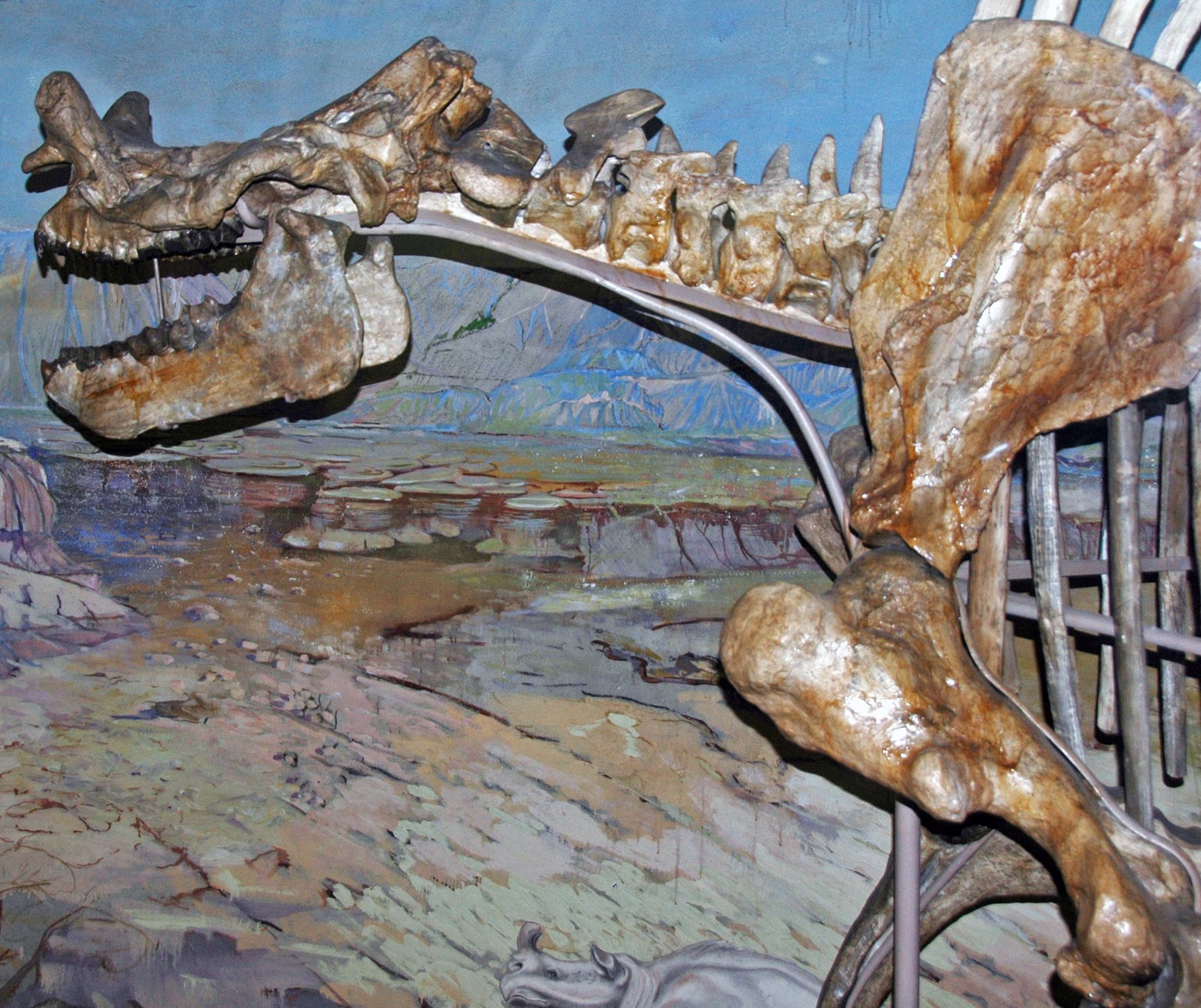
Among the more surprising finds in Tehran’s fossil-rich soils are the bones of ancient horses and rhinoceroses. These odd-toed ungulates were once plentiful, adapting to the grasslands and woodlands that blanketed the area. Early horses were smaller and more delicate than their modern descendants, while ancient rhinos sported impressive horns and robust bodies. Their fossils offer clues about migration routes and environmental shifts, as these animals often traveled great distances. The presence of these creatures hints at a more temperate, lush climate in prehistoric Tehran—a sharp contrast to the city’s surroundings today.
Even-Toed Ungulates: Ancient Camels and Deer

Fossil evidence also points to herds of camels and deer roaming the plains around ancient Tehran. These even-toed ungulates were vital to the food web, supporting large carnivores and shaping plant communities. Ancient camels, for example, were well-suited to shifting climates and could survive on sparse vegetation. Fossilized antlers and jawbones show that deer species flourished during wetter periods. By studying these remains, scientists piece together how these animals coped with environmental changes, droughts, and competition. It’s astonishing to realize that the ancestors of today’s camels and deer once called this region home.
Early Primates and Small Mammals
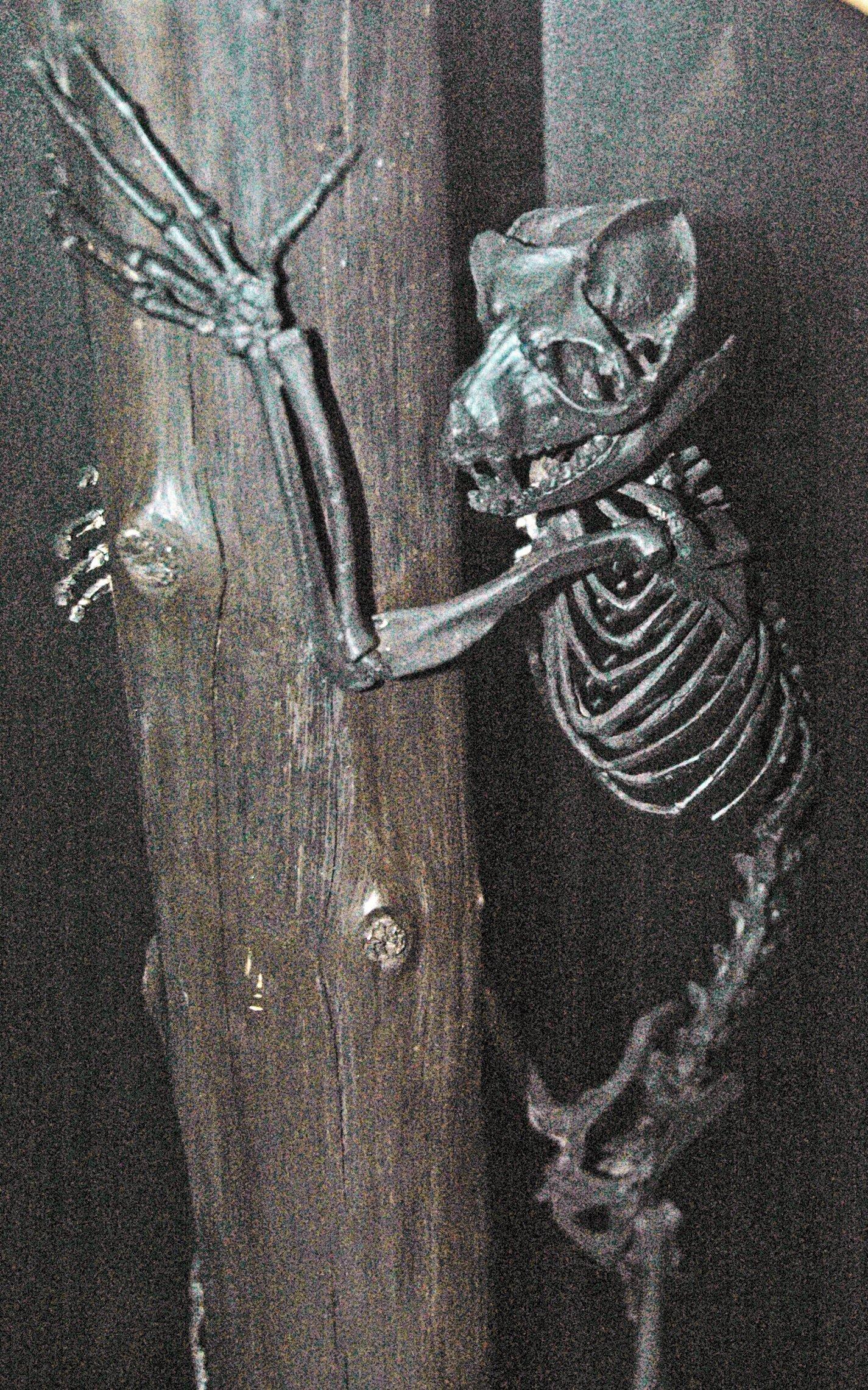
Not all of Tehran’s ancient inhabitants were giants. Fossil beds have yielded the remains of small mammals—rodents, shrews, and even early primates. These creatures played critical roles in their ecosystems, serving as prey for larger predators and helping to disperse seeds. Their tiny bones and teeth are often overlooked but provide valuable information about ancient food webs and evolutionary trends. Early primates, for instance, hint at the deep history of mammals in the region and their eventual spread into new habitats. The presence of such diverse small mammals speaks to the richness and complexity of Tehran’s prehistoric landscapes.
Ancient Reptiles: Turtles, Crocodiles, and More
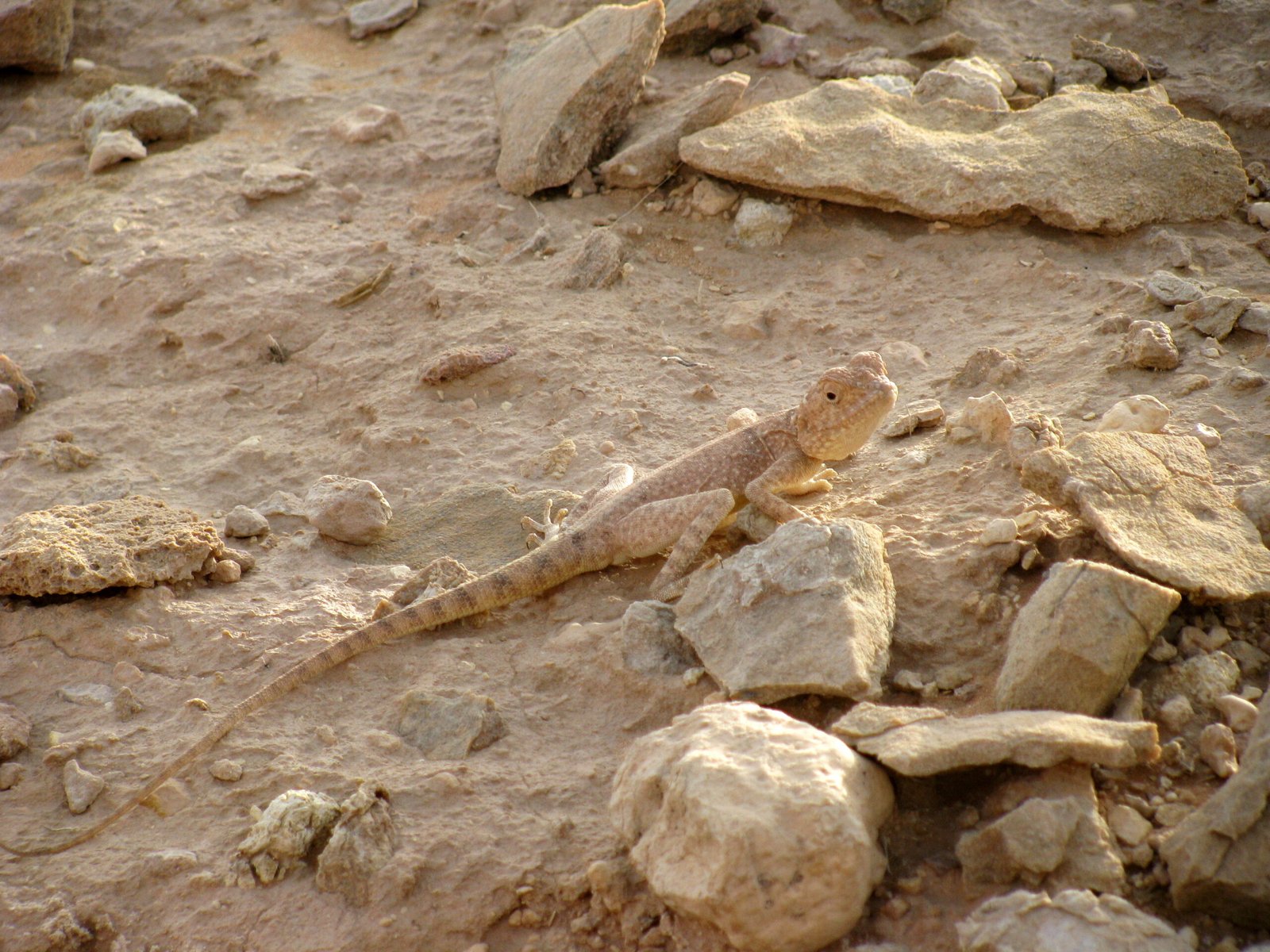
Long before mammals dominated, reptiles were the rulers of Tehran’s ancient world. Fossilized shells of turtles and bones of crocodiles have been found in sediment layers, suggesting the presence of lakes and rivers. These reptiles thrived in warm, aquatic environments, preying on fish and smaller animals. Some turtle species grew to impressive sizes, their shells acting as natural armor. The existence of crocodilian fossils points to a wetter, lusher climate, with slow-moving waters winding through the region. These reptiles connect Tehran’s fossil story to a broader, global picture of prehistoric life.
Prehistoric Fish and Aquatic Life

Tehran’s fossil beds don’t stop at land animals; they also preserve glimpses of ancient aquatic ecosystems. Fish fossils, including those of lungfish and bony fish, are occasionally unearthed in the city’s sedimentary rocks. These remains indicate that large lakes or river systems once covered parts of the region. Fossilized scales, teeth, and even entire skeletons show how fish adapted to changing water conditions. These aquatic fossils help fill the gaps in our understanding of ancient food webs, linking land and water in a tapestry of life. Imagine standing at a city intersection, unaware that ancient fish once swam beneath your feet.
Plant Fossils: Reconstructing Lost Forests
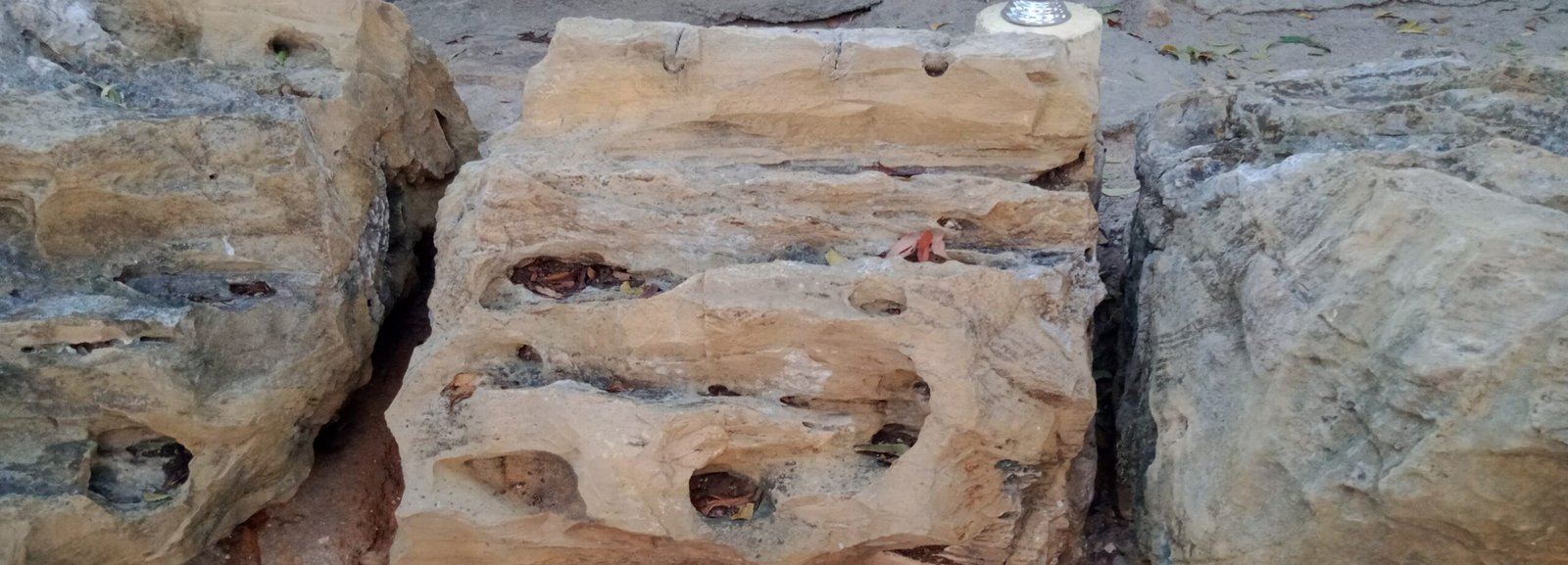
Plants don’t leave behind dramatic bones, but their fossils are just as crucial for piecing together Tehran’s ancient environments. Petrified wood, leaf imprints, and fossilized seeds tell of forests and grasslands that once thrived here. Some plant fossils reveal the presence of towering trees, while others point to periods of aridification and climate change. These botanical clues help scientists reconstruct past climates and understand how animal life responded to environmental shifts. The discovery of diverse plant fossils alongside animal remains paints a fuller picture of Tehran’s prehistoric world—a lush, green landscape teeming with life.
Climate Clues Hidden in Fossil Layers

Every fossil is a messenger from the past, carrying information about the climate in which it lived. By analyzing chemical signatures in fossilized bones and shells, scientists can estimate ancient temperatures, rainfall, and even atmospheric composition. The layers of sediment that house these fossils show periods of flooding, drought, and volcanic activity. Shifts in fossil types—from aquatic to terrestrial, or from forest dwellers to grassland grazers—signal major environmental changes. These climate clues are essential for understanding how Tehran’s landscape evolved and how life adapted or disappeared. The city’s fossil beds are, in essence, a natural climate archive.
How Fossils Formed Beneath Tehran
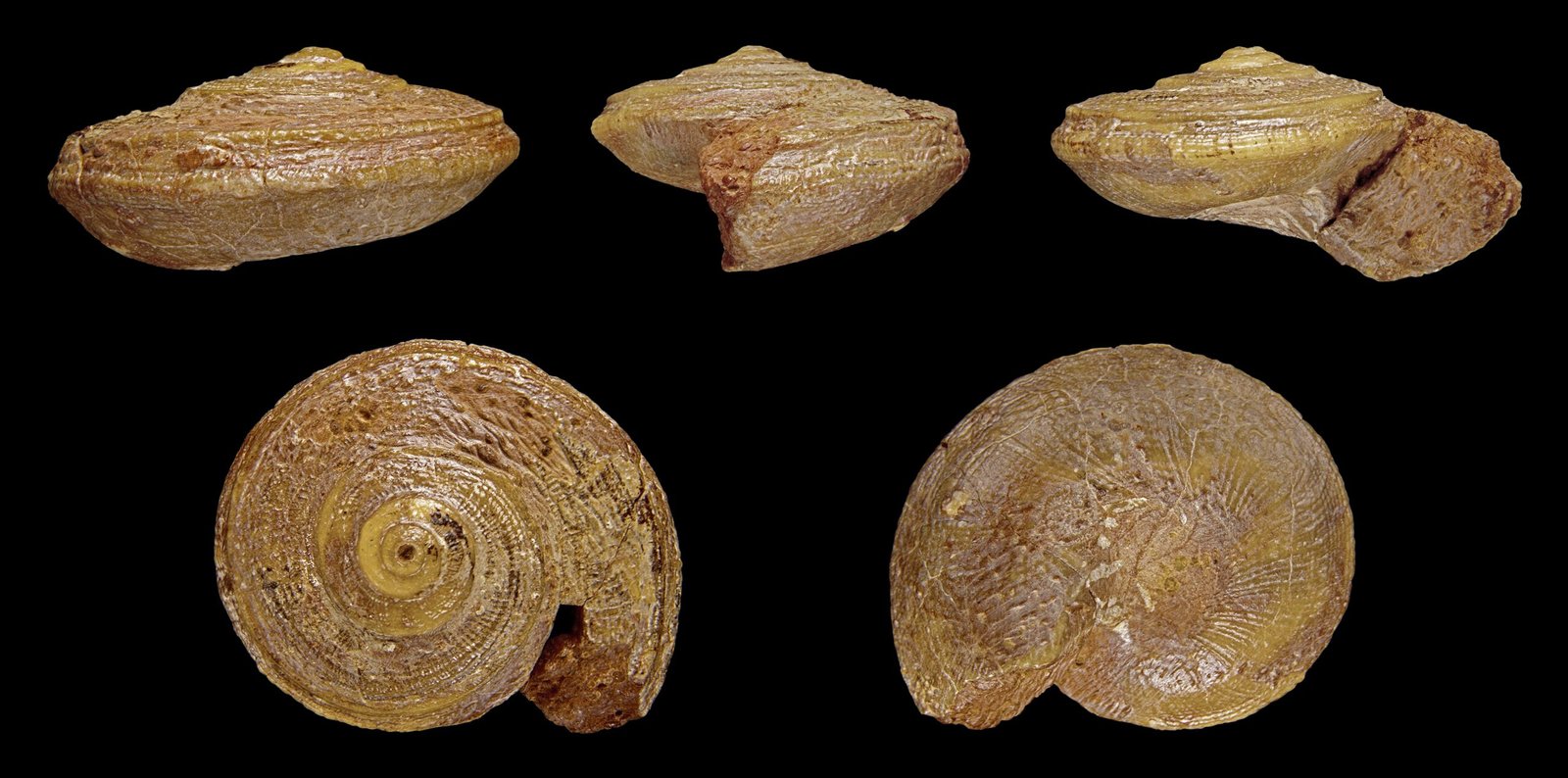
The process of fossilization beneath Tehran began millions of years ago, often with a sudden burial in mud, sand, or volcanic ash. Over time, minerals seeped into the buried remains, slowly replacing organic material and turning bone or shell to stone. Unique conditions—like rapid burial and low oxygen—helped preserve even delicate features. River floods, landslides, and volcanic eruptions contributed to this process, creating rich fossil layers in certain areas. It’s a game of chance: most living things never fossilize, making every discovery a small miracle. Each fossil found beneath Tehran is a survivor, a rare window into the city’s deep past.
The Role of Paleontologists: Unearthing Tehran’s Secrets
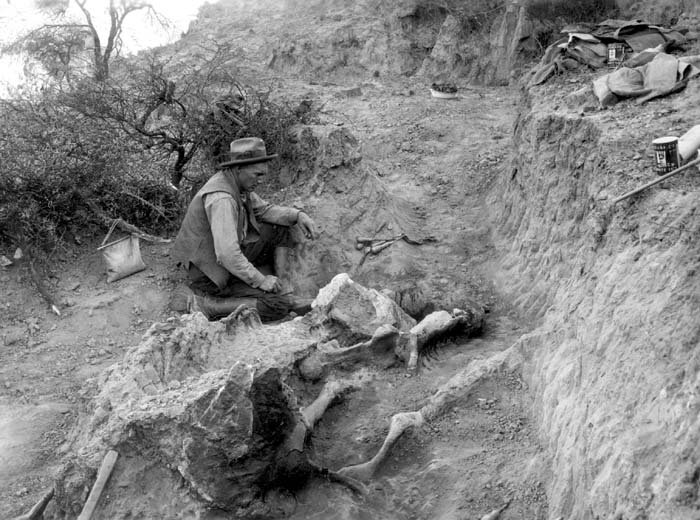
Paleontologists are the detectives of the ancient world, painstakingly excavating fossils and interpreting their stories. In Tehran, their work is both thrilling and challenging, as urban development often threatens fossil sites. Researchers must act quickly, sometimes rescuing fossils from construction zones. Once recovered, these specimens are cleaned, cataloged, and studied to reveal what species they belonged to and how they lived. Collaborations with universities and museums ensure that Tehran’s fossil heritage is preserved for future generations. The excitement of discovery fuels their work, as each new find has the potential to rewrite what we know about Iran’s natural history.
Fossils in the Classroom: Inspiring Young Minds

Tehran’s fossils are more than scientific curiosities—they’re powerful tools for education. Local schools and museums have begun incorporating fossil discoveries into their curricula, sparking curiosity about Earth’s history. Children marvel at the thought that the ground beneath their playgrounds once teemed with ancient life. Hands-on exhibits and fossil replicas make this history tangible, inspiring the next generation of scientists and explorers. By connecting young people to their city’s deep past, educators foster a sense of stewardship for Iran’s natural heritage. The story of Tehran’s fossils is becoming part of the city’s identity, one lesson at a time.
Challenges to Preserving Tehran’s Fossil Heritage
Urban growth poses a serious threat to Tehran’s fossil beds. Construction and infrastructure projects can destroy invaluable sites before scientists have a chance to study them. Pollution, illegal fossil trade, and lack of public awareness add to the risks. Despite these challenges, dedicated researchers and conservationists are fighting to protect what remains. They advocate for “rescue paleontology”—quickly documenting and salvaging fossils from threatened areas. Increased funding, public education, and legal protections are critical for safeguarding Tehran’s natural treasures. The stakes are high: once a fossil site is lost, its secrets are gone forever.
Modern Technology: Revolutionizing Fossil Research

Advances in technology are transforming the study of Tehran’s fossil beds. High-resolution scanning, 3D modeling, and chemical analysis allow scientists to examine fossils without damaging them. Drones and ground-penetrating radar help locate buried remains quickly and accurately. DNA analysis, though challenging with ancient specimens, is beginning to shed light on evolutionary relationships. These tools have accelerated discoveries and made it easier to share findings with the global scientific community. Technology is opening new frontiers in our understanding of Tehran’s prehistoric past, revealing details that were once unimaginable.
Connecting Tehran’s Fossils to Global Prehistory

The fossils beneath Tehran don’t just tell a local story—they connect Iran to the wider world of prehistoric life. Many species discovered here are closely related to those found in Europe, Africa, and Asia, reflecting ancient migration routes and shifting continents. These connections help scientists trace the movement of animals and plants across vast distances, piecing together the puzzle of Earth’s history. Tehran’s fossil beds offer crucial data for understanding how life adapted to global changes, from ice ages to mass extinctions. In this way, the city’s ancient fauna are ambassadors, linking Iran’s past to the story of life on Earth.
The Allure of Fossil Hunting in Modern Tehran

For some, the idea of searching for fossils in a modern metropolis seems far-fetched, yet Tehran is a hotspot for amateur and professional fossil hunters alike. Enthusiasts scour riverbanks, construction sites, and hillsides on the city’s outskirts, hoping for a glimpse of the past. Each discovery is a thrill—a personal connection to creatures that vanished millions of years ago. The sense of mystery and adventure makes fossil hunting deeply rewarding, and community groups often organize outings to share knowledge and excitement. In Tehran, the hunt for history is as alive as ever, bridging past and present with every find.
The Future of Tehran’s Fossil Beds

As Tehran continues to expand, the future of its fossil beds hangs in the balance. Greater public awareness, stronger legal protections, and international collaboration will be key to preserving these irreplaceable resources. Scientists hope to establish new protected areas and create digital archives to document discoveries for generations to come. With the right support, Tehran’s ancient fauna will keep inspiring wonder, curiosity, and respect for the natural world. The city’s fossil beds are more than relics—they are a legacy, a reminder that every patch of earth has stories waiting to be told.



